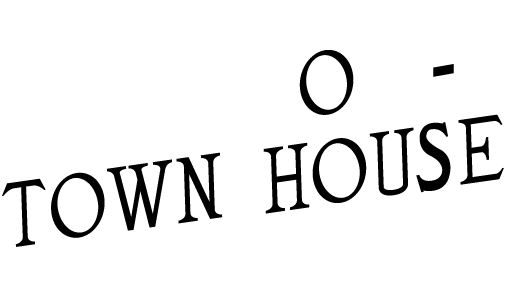Current (online: please scroll down):
Down the Rabbit Hole: JB in JT
A James Benning exhibition
arranged by Julie Ault and Martin Beck
in collaboration with O-Town House
James Benning in Joshua Tree (December 25), 2011. Photo by Heinz Peter Knes
* * *
Shortly after I arrived in Joshua Tree some three weeks ago, going into lockdown with Julie and Martin, we decided this was a perfect time to realize our plan for a James Benning exhibition of his works in their home. The idea for a private exhibition of James’s works here was hatched last Christmas, a time when the gang usually descends on Joshua Tree for some quality time at the kitchen table and in front of the fireplace. But now, considering the current circumstances, developing this exhibition as a virtual one seems to resolve several issues—of privacy, access to the public, and keeping busy and engaged with the world.
Down the Rabbit Hole: JB in JT is conceived as part of a continuum with two earlier exhibition projects. The first, Tell It To My Heart, which traveled from the Kunstmuseum Basel to Culturgest in Lisbon and ultimately to Artists Space in New York, was an exhibition based on the artworks Julie has collected over decades, many of them the results of conversations and collaborations with other artists. The curatorial team was equally significant, and the project strove to develop a different mode of mapping the ways art and history touch our lives through relationships and collaborations. The second project in this lineage was inspired by the first, titled 31 Friends by James, for which he made 31 artworks for as many friends. The works were shown at the Marfa Book Company in Marfa, TX, and, after the exhibition ended, were given to their intended owners. James then asked everyone to send him a photograph of the works in their new homes. Those framed photographs were presented at O-Town House. James described 31 Friends as an “attempt to pay homage to the ability of art to produce community as opposed to just commerce.”
The line drawn from Tell It To My Heart to 31 Friends to Down the Rabbit Hole is indicative of an ongoing effort to sustainably engage artistic practices and align the language around this work meaningfully with our lives.
Down the Rabbit Hole brings together (nearly) all the artworks and some artifacts made by James that are distributed in Julie and Martin’s house and grounds in Joshua Tree. Many of these objects are on permanent display, others were unearthed from drawers and closets. Most objects we photographed as they are installed, others we staged, and, collectively, we put together an annotated checklist, supplying details about the work and some stories of how they came about.
Picking up on the aspirations of Tell It To My Heart and 31 Friends, this exhibition also reads as a conversation. The works are listed in chronological order to make present the unfolding of friendship over many years; the show becoming an extension of ongoing collaborations with a view toward the future. Moments of recollection, such as Down the Rabbit Hole represents, become crucial to finding fresh ways of thinking about the role art can play in the construction of community. By drawing lines across time, as we rummage through James’s traces here at the house, together, we are taking stock, reviewing, and recounting the conversations that grew into plans and then into actions. Enduring interests and subjects, obsessions, and curiosities have become shared experiences and the medium with which we solidify our lives together.
— Scott Cameron Weaver (April 2020)
* * *
